Denial and hope
The last few leaves make their stand
Winter won’t take me
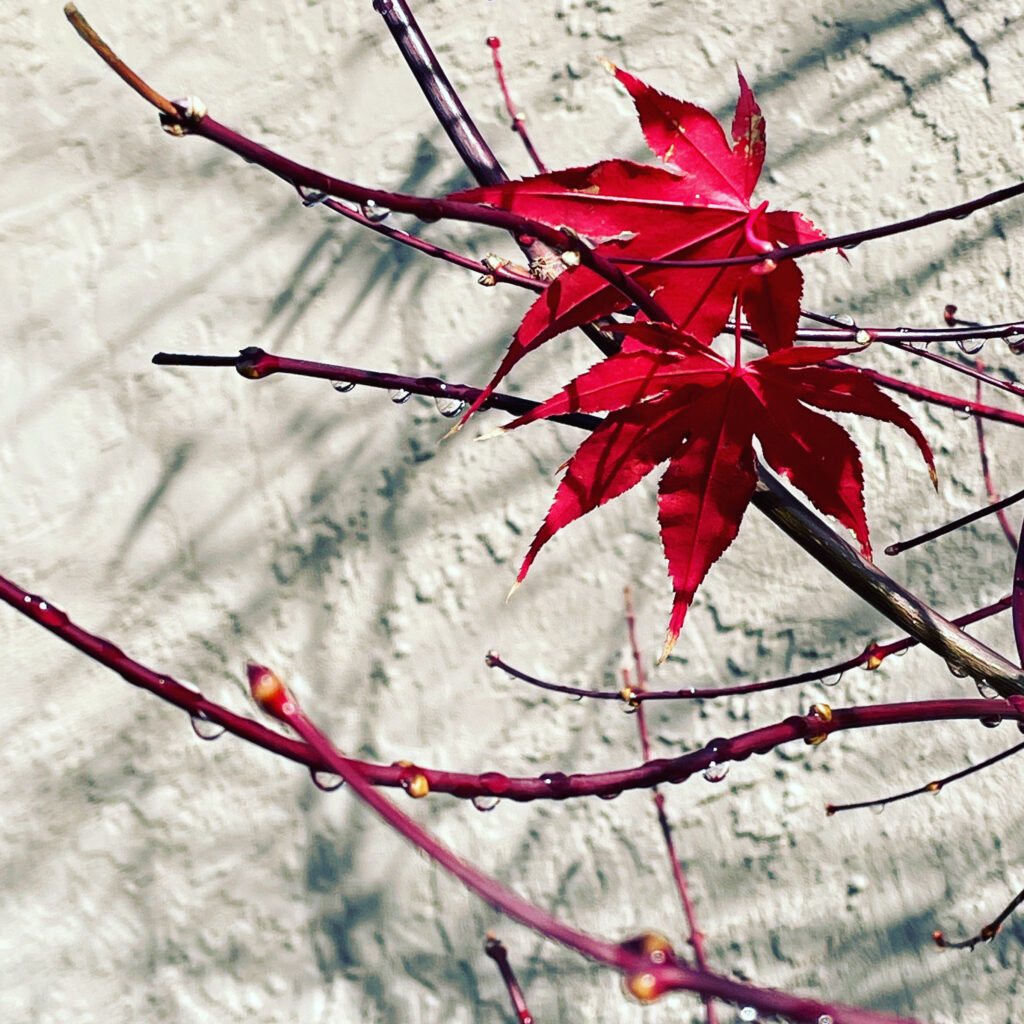
The biggest misstep I made planning my trip was not understanding the topography of Vieux Québec. My lovely hotel was at the tippy top of the upper town, higher even than the Frontenac, which meant that every outing involved going down, and on return hiking back up. My dodgy knee did not appreciate this.
It did, however, provide an excellent vantage point. The hotel’s rooftop terrace — which is what sold me on the booking — had a killer view of the Frontenac and the silver rooftops. And just out the front door was a panorama of the river and Dufferin Terrace, including the Glissade ice slide.
The other upside of the location was proximity to the funicular that connects the upper city with the lower city. And, as I’ve established, funiculars rank very highly on my list of favorite attractions. The ride doesn’t last long but it’s fun, it has a great view, and beats hoofing the Breakneck Stairs any day. Five dollars well spent.
Once down in the Basse Ville, I wandered the old plaza and visited the Musée de la Civilisation but the standout feature for me was the public art — a couple of excellent trompe l’oeil murals are always there, plus a few unexpected exhibits. The flying pink characters, entitled “Le Mignonisme”, likely annoy traditionalist visitors as they climb on, fly between, and peek into some of the oldest buildings on the continent. There was also a thought-provoking installation, a wall of books blocking cannons on the waterfront. The artist seemed to have simpler intentions, but it was impossible not to read current context into it — books as the way to prevent violence, yet we live in a time when novels are banned, higher education is mocked, and facts are ignored.
It certainly is a picturesque city, hence all these photos! A few other sites around the old city, including the classic fortification walls and Parliament at night:
Vieux Québec, with all its charm and carefully preserved character, is where you find tourists, not locals. I could easily have hit the tourist highlights of this city in 2 days, one in the upper town and one in the lower. But I am so grateful I had extra days to get outside this zone, to see Wendake and Montmorency as well as neighborhoods including Saint-Roch. The day I took the bus back from Montmorency Falls I was finding my way back to my hotel from Place d’Youville and took a side trip up Rue Saint-Jean. My goal was just to grab a bottle of wine from the SAQ but I saw a cool church, and just started walking. Like all the best discovery walks, the streets come alive when you start really looking.
In the last 10 years or so, it’s been thrilling to see public art programs gain traction across so many cities. Why have a boring wall when you can have a colorful one? And Montreal lived up to the hype! The black and white is particularly special.
All of these were in the Plateau neighborhood, most around Boulevard Saint Laurent and Little Portugal.
It took me almost 20 years from the time I bought a travel book for Québec — so long ago guidebooks were still relevant — to setting foot in the province. But I made it! And while I’m not the most unconventional traveler I do seek experiences that are less tourist-y and, ideally, something you could only do in that place. In Québec City, that experience was Onhwa’ Lumina in Wendake, home of the Huron-Wendat people.
I grew up in Arizona, surrounded by the history and artistry of the Tohono O’odham, Hopi, and Navajo people (among others) as well as their reservations. So learning that Québec has a First Nations reserve just outside downtown was a unique opportunity that could not be missed!
Onhwa’ Lumina is a forest night walk through a series of illuminated stories that celebrate Huron-Wendat heritage. I started out in a crowd, and lagged behind in the early stations so that I could shed the group and have the forest to myself. That had the side benefit of slowing my mind down, seeing past the spectacle and being more fully present. It was a poetic and beautiful experience.
This kind of multimedia site installation is quite difficult to do well and this was even better than expected. Tellement fantastique! After some tiring days, being immersed in the forest and storytelling was exactly what I needed to reset.
This clip is one of the most elaborate pieces, the creation of Turtle Island. In the legend, a sick A’taentsik falls from the Sky World and is saved from falling into the Water World by birds. She lands on the back of the Great Turtle, who calls the Animal Council to help heal her by bringing up earth from around the roots of a submerged tree. The Beaver, Otter, and Muskrat try but fail, and finally a grandmother Toad succeeds and with her last breath deposits earth on the turtle’s back. This forms the foundation of the continent known as Wendat, and life flourishes. This visualization plays out on a rocky hillside, using the terrain as a canvas for the story.
Before nightfall, I had time to explore a nature park along the lovely Saint-Charles River including the waterfall known as Kubir Kouba. This is where two geologic regions meet — the St Lawrence Lowlands and the Canadian Shield. And after that, dinner of a delicious bison short rib at the indigenous restaurant Sagamité.
This was a fantastic evening, one I will always remember.
To be honest, Las Vegas isn’t my kind of town. I’m not much into gambling, shopping, spas, or shows…and that leaves pretty much just food. Oh, and one of my oldest and best friends, who is the reason I occasionally visit this gaudy, ridiculously hot town.
One thing Vegas does have that speaks to my design soul is neon. And the best place to see vintage goodness is at the Neon Boneyard, a dusty outdoor refuge for signs sacrificed to continuous reinvention. Here you not only see the gorgeous colors, typography, and artistry of the signs themselves but also the accidental, layered compositions created by stacking them in. Since my last trip, they’ve restored enough to have nighttime tours which is very cool (as well as cooler, literally).
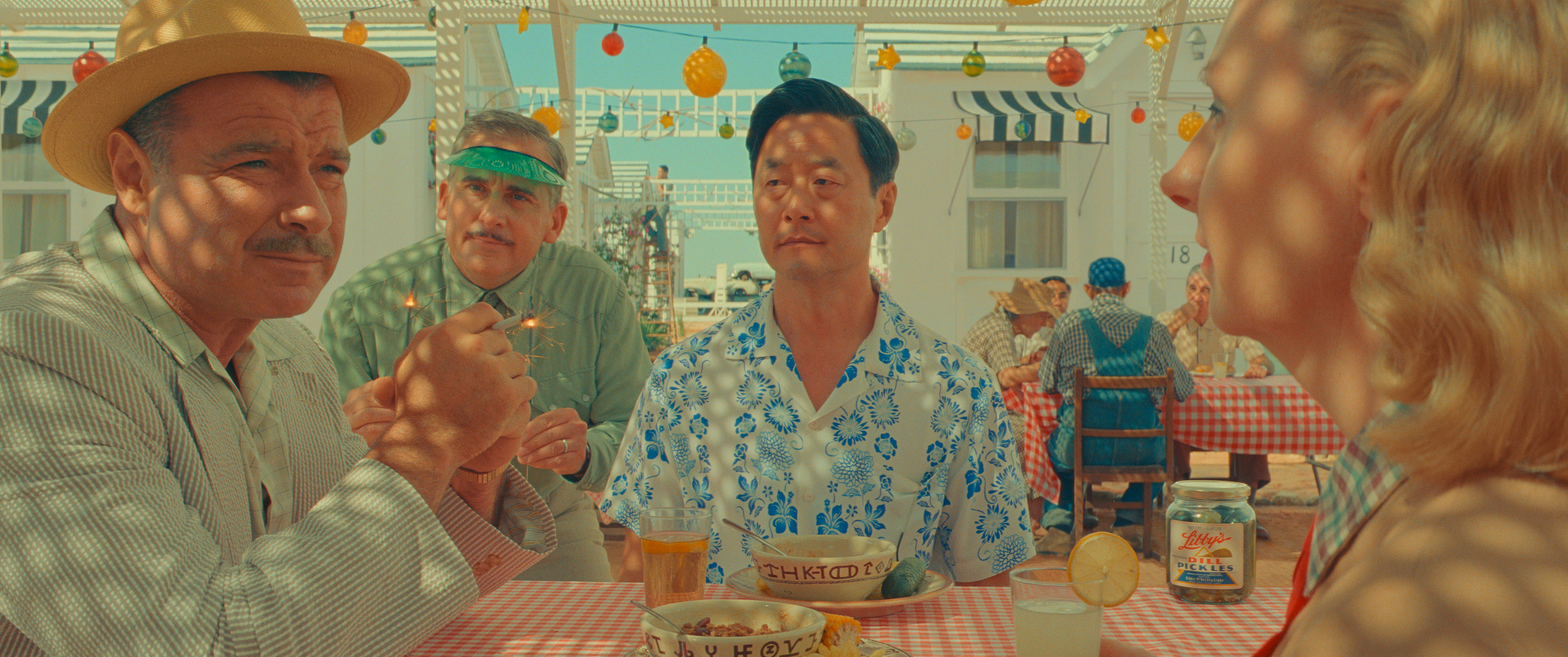
Don’t be surprised if you walk into my house one day and find that it feels a little like Wes Anderson’s Asteroid City. (I’m halfway there already with my color palette.) It’s a film worthy of many rewatches, not for the story but to live in that creamy, dreamy, surreal desert diorama for another hour and forty-five minutes.

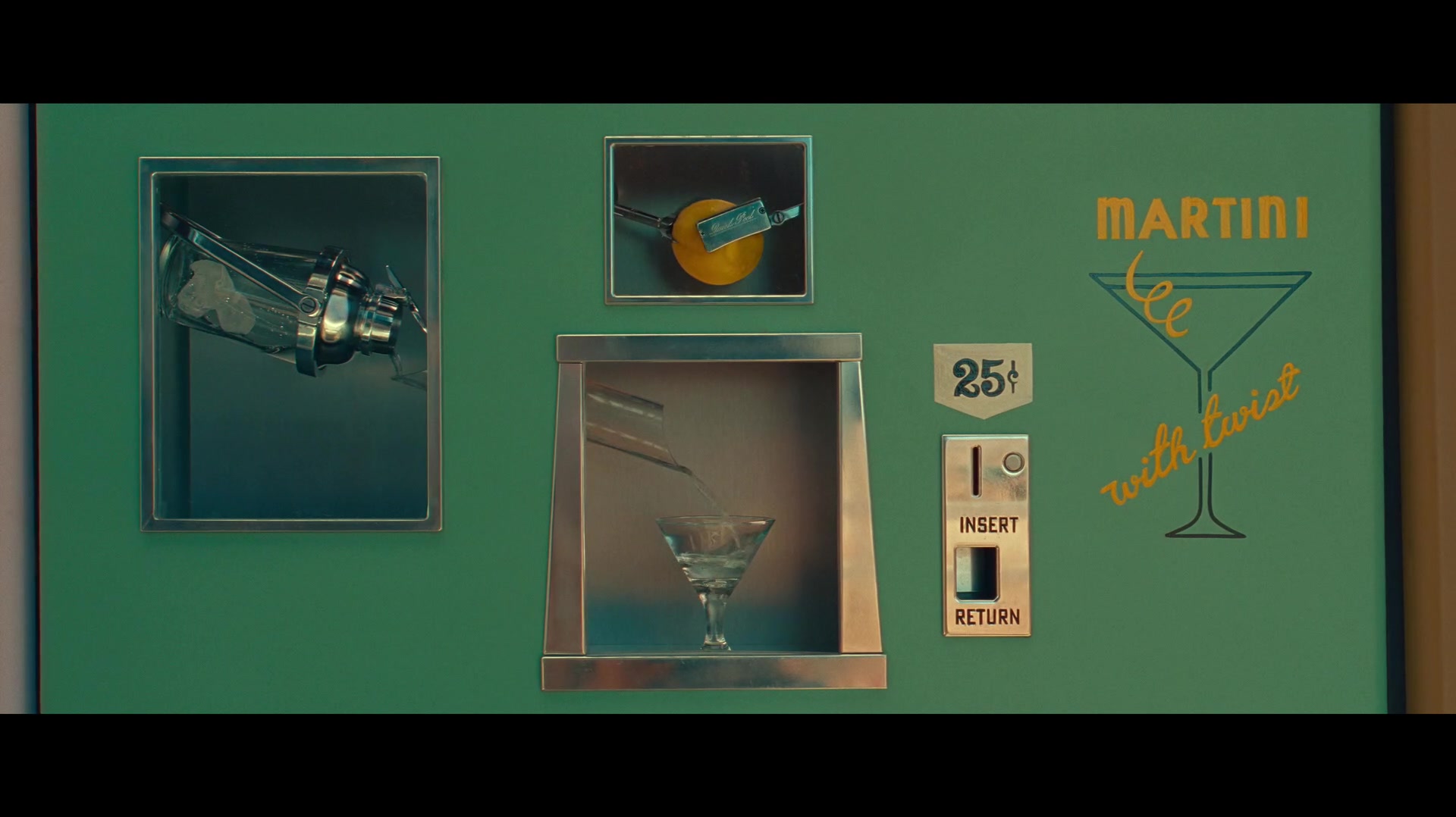
The desert is my soul home, so I’m a sucker for the landscape and motifs as it is. But from the gorgeous suite of colors to the Looney Tunes backdrop, the creative direction of Asteroid City is truly stunning. It’s a work of art. Every frame is a beautiful, dynamic composition. The costuming signals character and builds an immersive world. There’s whimsy in every vending machine, auto shop prop, and road to nowhere.
I was especially taken by the lighting, which is overwhelmingly bright yet lush — not surprising as they used the sun as a primary light source. There’s a picnic scene staged under a lattice pergola, casting dappled light on the conversations. It’s not only visually interesting, but there’s something about the grid of shadow and light…half hidden, half exposed…checkered. Can’t quite put my finger on why this feels so important. Maybe I don’t have to explain it, it’s okay to simply enjoy it.
Off to rewatch!
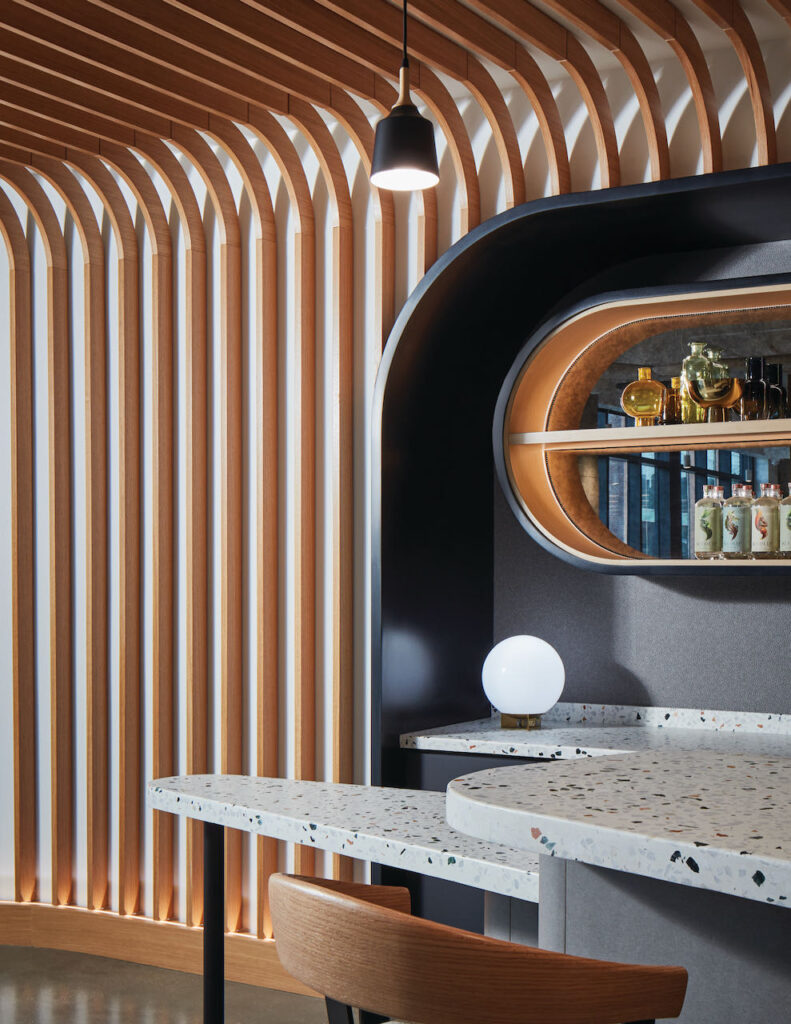
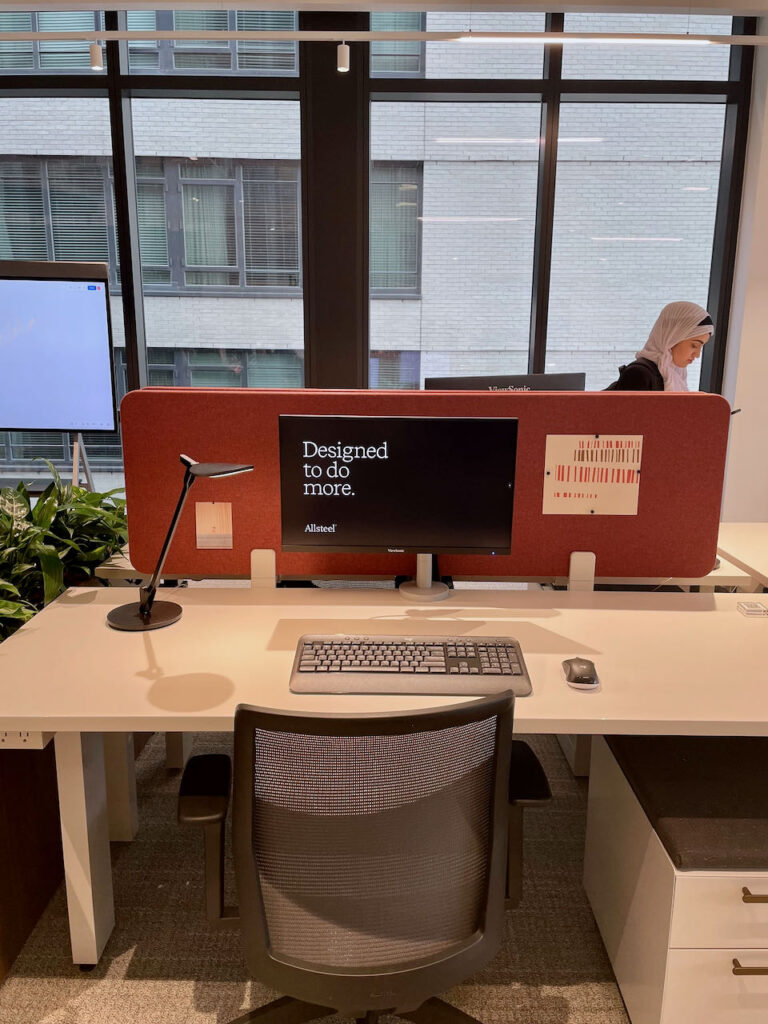
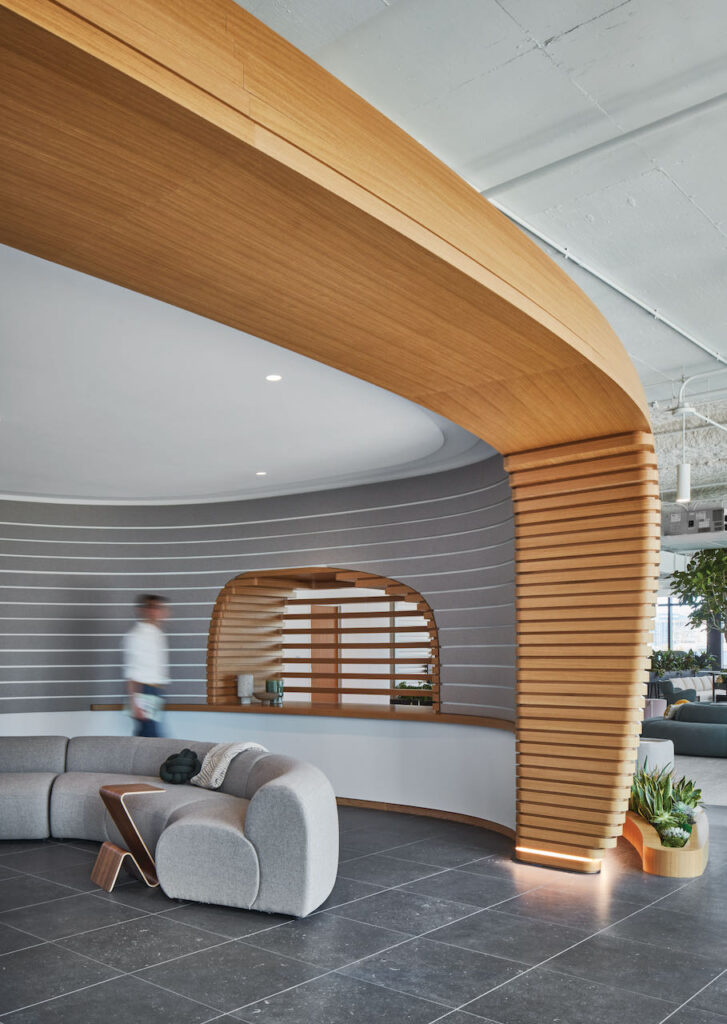
Allsteel was a deep brand project for my team at Bounteous — over many months we listened to buyers and partners, mapped every moment in the client journey, envisioned the brand shift they sought, and ultimately delivered a strategy and tagline of Designed to Do More. With the unveiling of their new Experience Center in Chicago, I’m thrilled to see it live in the world. Check out this video tour!
So many of the insights we uncovered are reflected in this new center. This is the larger, more inspiring space that the architects and designers craved. It welcomes more collaboration, which is needed to conceive and deliver complex, human-centered environments. It embodies more flexibility and ways to reinvent when needs change. It showcases more thoughtful details that reflect how thoughtful Allsteel is about creating spaces and designs.
It is an experience designed to do more. Congratulations to Allsteel and the HNI family!
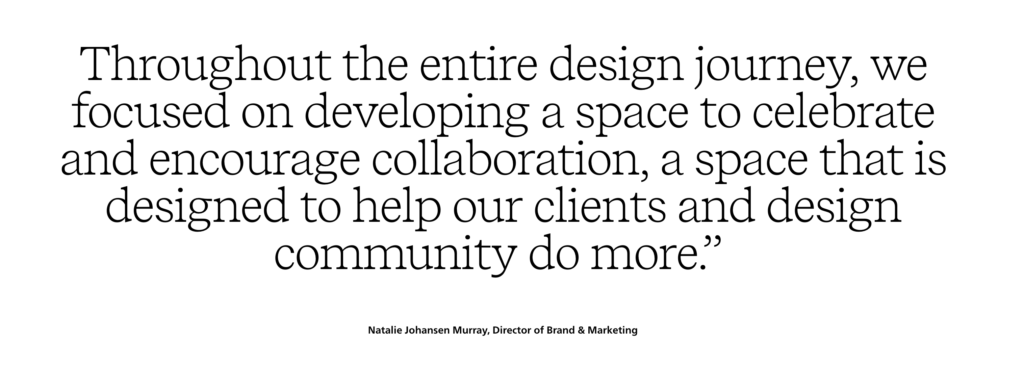
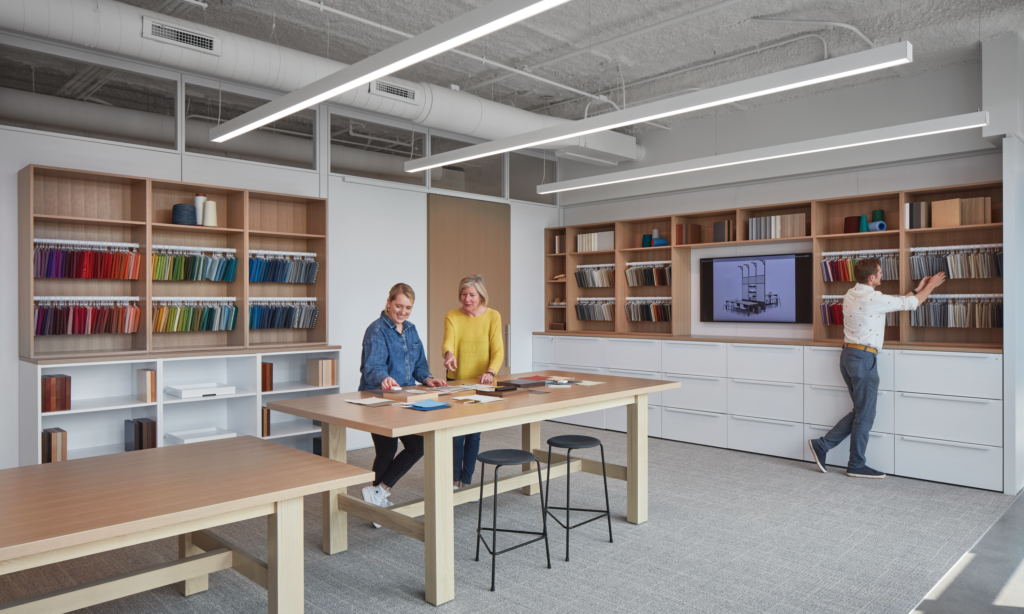
Whoo! Back from a 1840 mile, 12 day solo driving trip home to Tucson. What a bittersweet trip, one of tears and mortality and also of life-affirming friendship and beauty and nature. The universe really came together on this one — my friend needed me, work didn’t, and being there is what I needed.
The sweet: Nowhere do I feel more calm and grounded than the Sonoran desert. It was unusually green and lush from the record monsoon season, and the desert welcomed me with beautiful sunsets and torrential rain and cooler temps. This desert speaks to my soul and being in it was a much needed balm. From the moment the terrain changed to a haze of striated, sharp mountains I knew I was in exactly the right place. This trip also coincided with a school reunion so a little extension made it possible to see old friends and celebrate still being here. And I bought some absolutely amazing art that will forever remind me of this trip and place.
The bitter? Well, first, this wasn’t a pleasure cruise. I was there to help a friend recovering from a distressing medical situation. (But spending time with her definitely goes in the sweet column!) There aren’t a lot of reasons I’d drive that far, but that’s one of them. Second, for years I talked about bringing my ex here, sharing my home with him and seeing it anew through his nature-loving eyes. We planned to hike here this winter. As I drove out through Gates Pass on the way to the Desert Museum and Saguaro National Park, tears flowed. I wanted so much to share these special places with him. He’d love it. There were a lot of miles alone with few distractions and I kept hitting pockets of grief. Third, I-5 is as unpleasant as I-10 is beautiful.
Soon I start a new job and I’m grateful to have had this time to connect with people and places that mean the world to me.
My inner control freak loves bonsai! It’s nature, in a tiny, perfectly-designed form.
Over a long weekend in Oregon, I lucked into an exhibit of American bonsai by Ryan Neil at the Portland Japanese Garden. It was charming and beautifully staged in origami-like frames.
What I learned is that American bonsai differs from the Japanese tradition. Japanese bonsai treasures the ideal, training each maple tree to be the ideal maple tree, whereas American-style bonsai brings out the unique characteristics of each individual maple. In the words of Michelangelo: “Every block of stone has a statue inside it and it is the task of the sculptor to discover it.” That’s what Neil is doing. Incredibly, he does this with wood that’s as much as 600 years old, teasing out fresh life from what seems mostly dead. (Remind me of this if you hear me say I’m too old for anything.)
Why am I talking about bonsai? Because it is a great analogy to how we’ve evolved our thinking on brand and organizational development. The old school way was the “best practices” model — there is a right, replicable way to do things, and we succeed by emulating the ideal. And, certainly, it is enormously useful to study the success of others.
What this overlooks is that organizations — and people — are not machines made up of levers that can be reliably manipulated just so. They are complex organisms filled with complex organisms, and despite common patterns no two are alike. Human systems simply can’t be templatized the way business books promise.
When we insist an organization must look or act a certain way, we lose sight of the individual characteristics that give it strength and power. And we miss seeing what might be actually better, outside of tradition and beyond our imagination. To be sustainable, brand and culture must be built on what is authentically different, not what is the same.
That’s not to say we can grow wild and still succeed. Bonsai has much to teach us about careful cultivation. But with careful training and pruning, we can become something amazingly unique from the inside out.